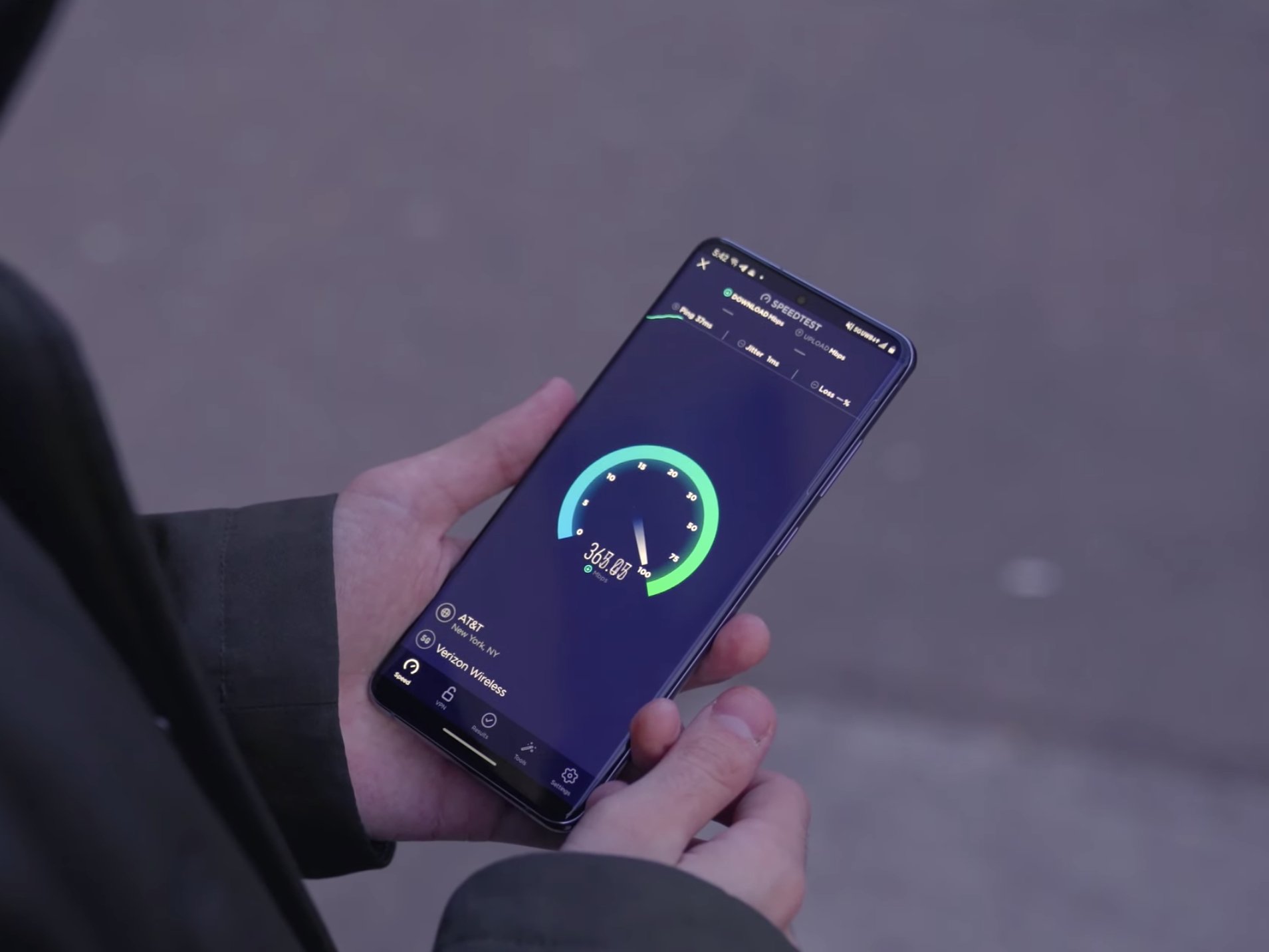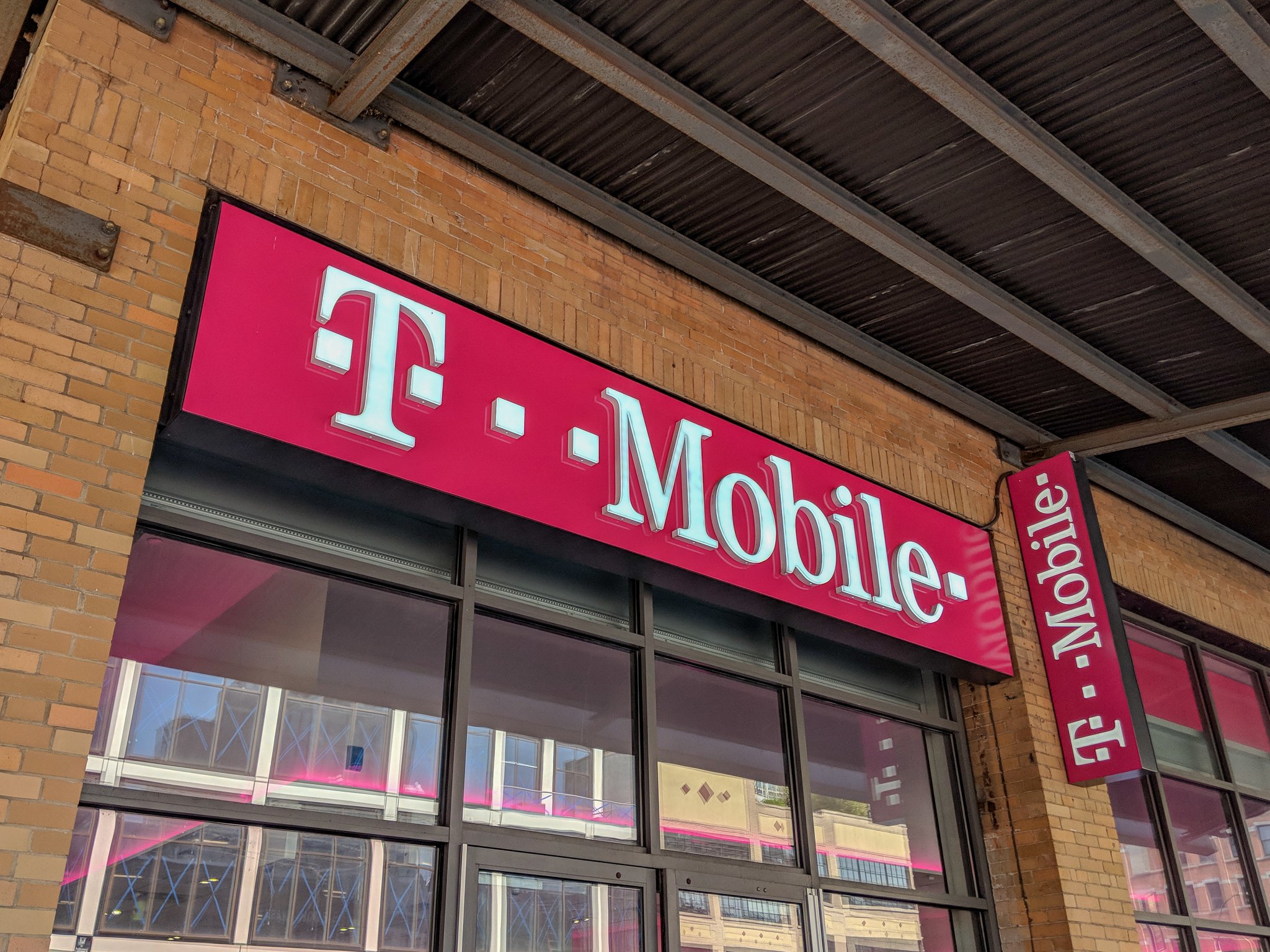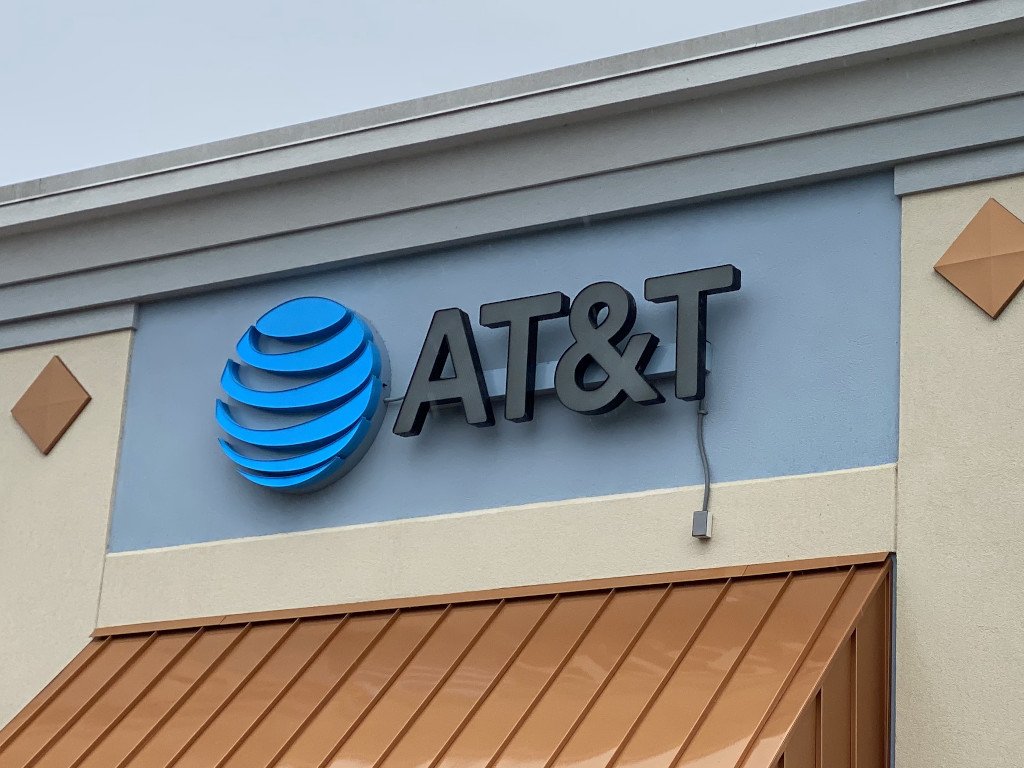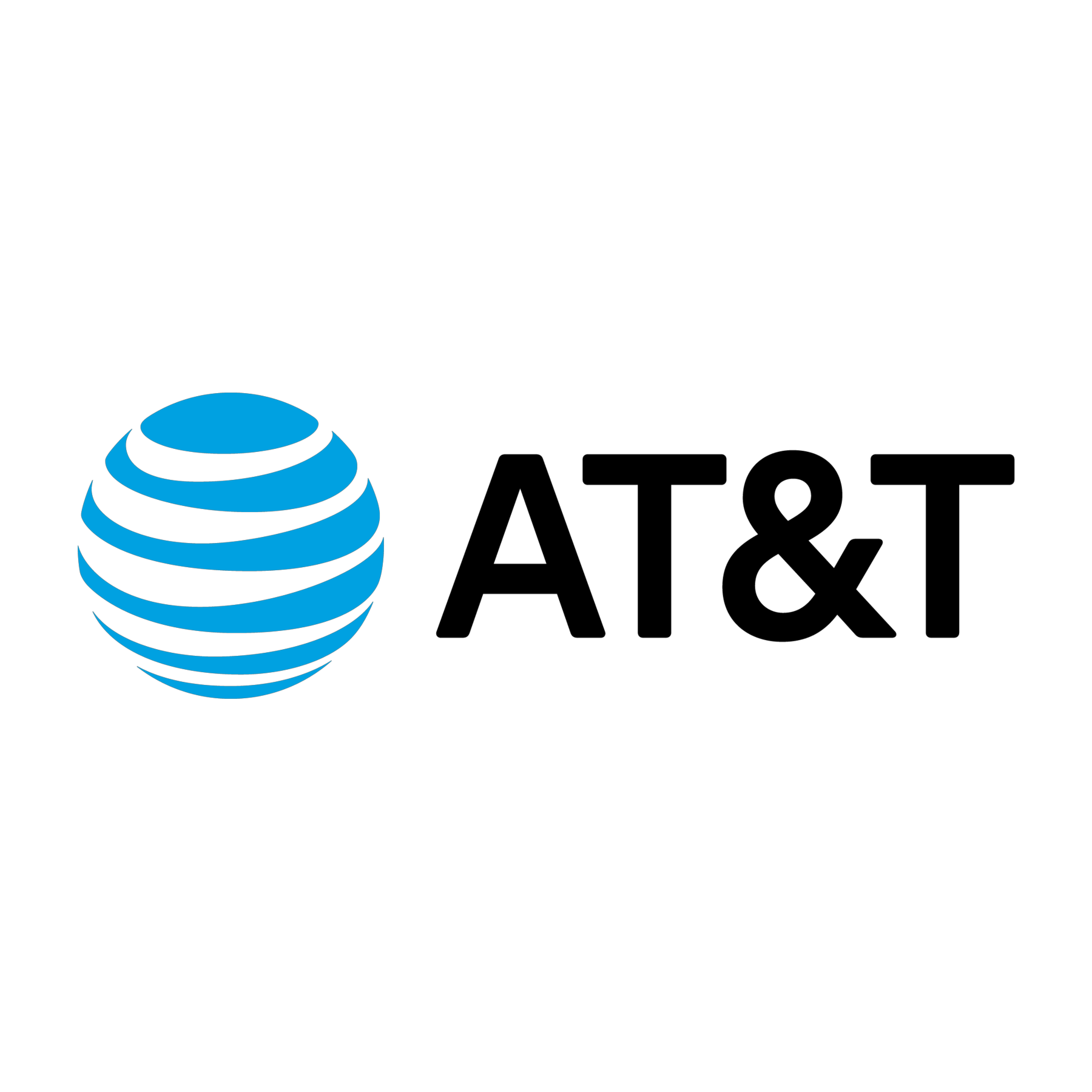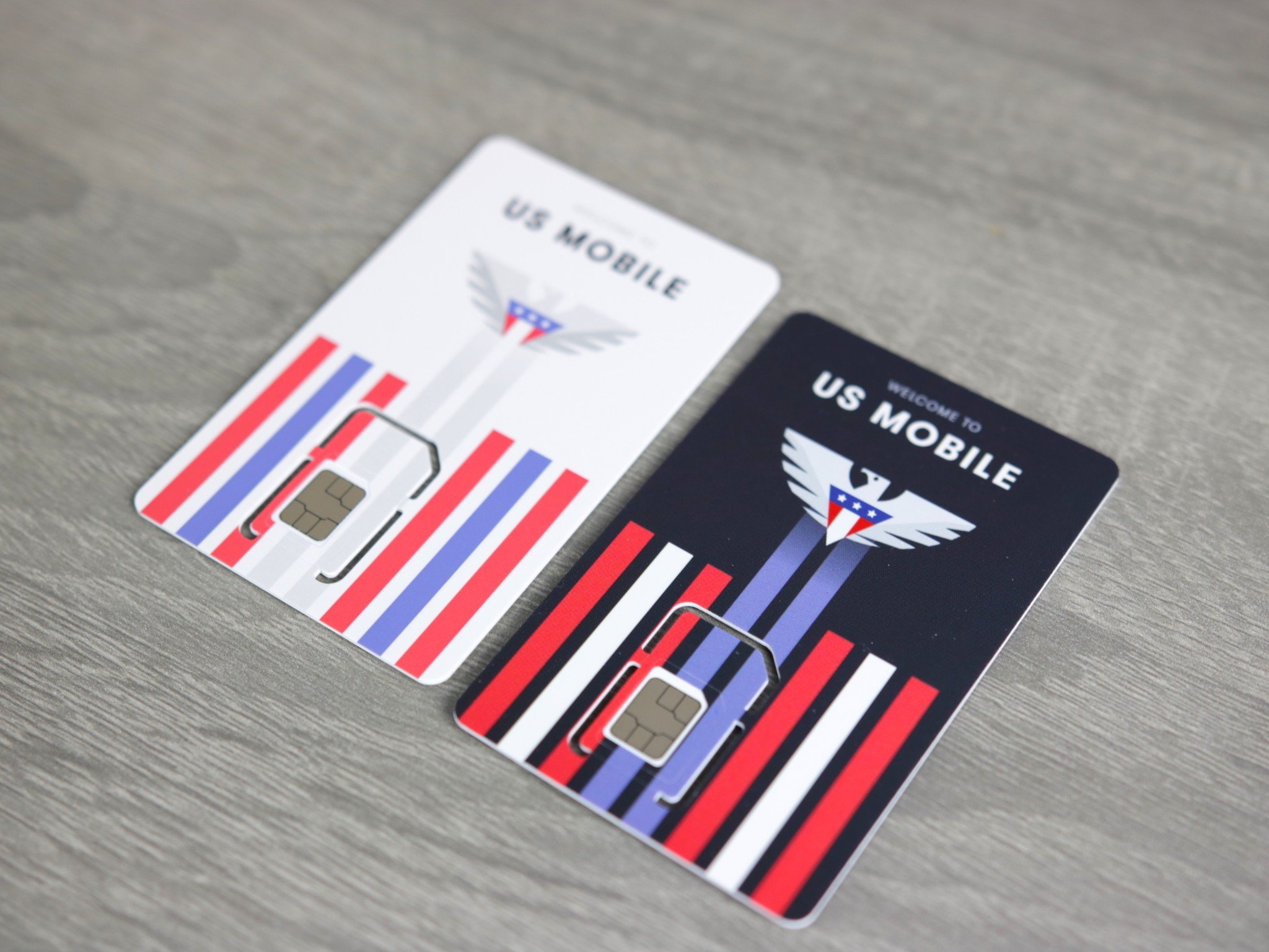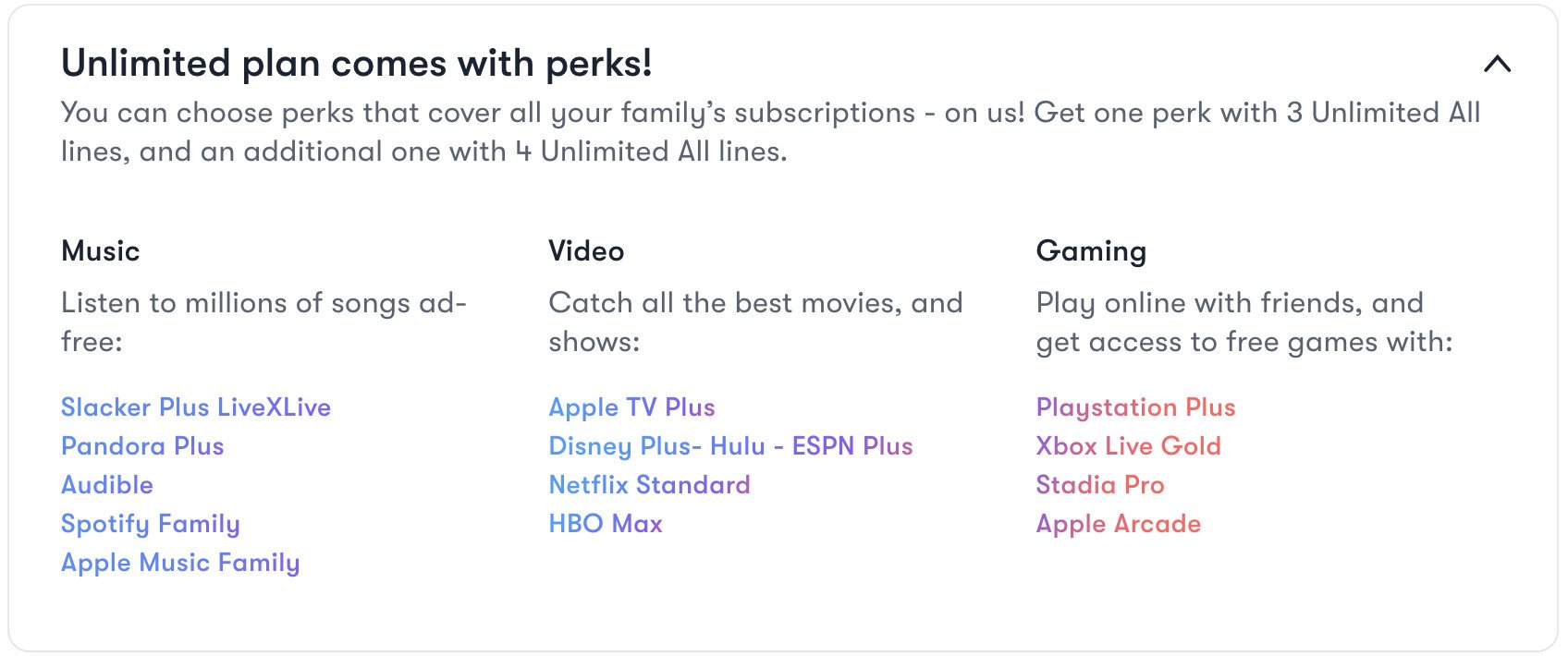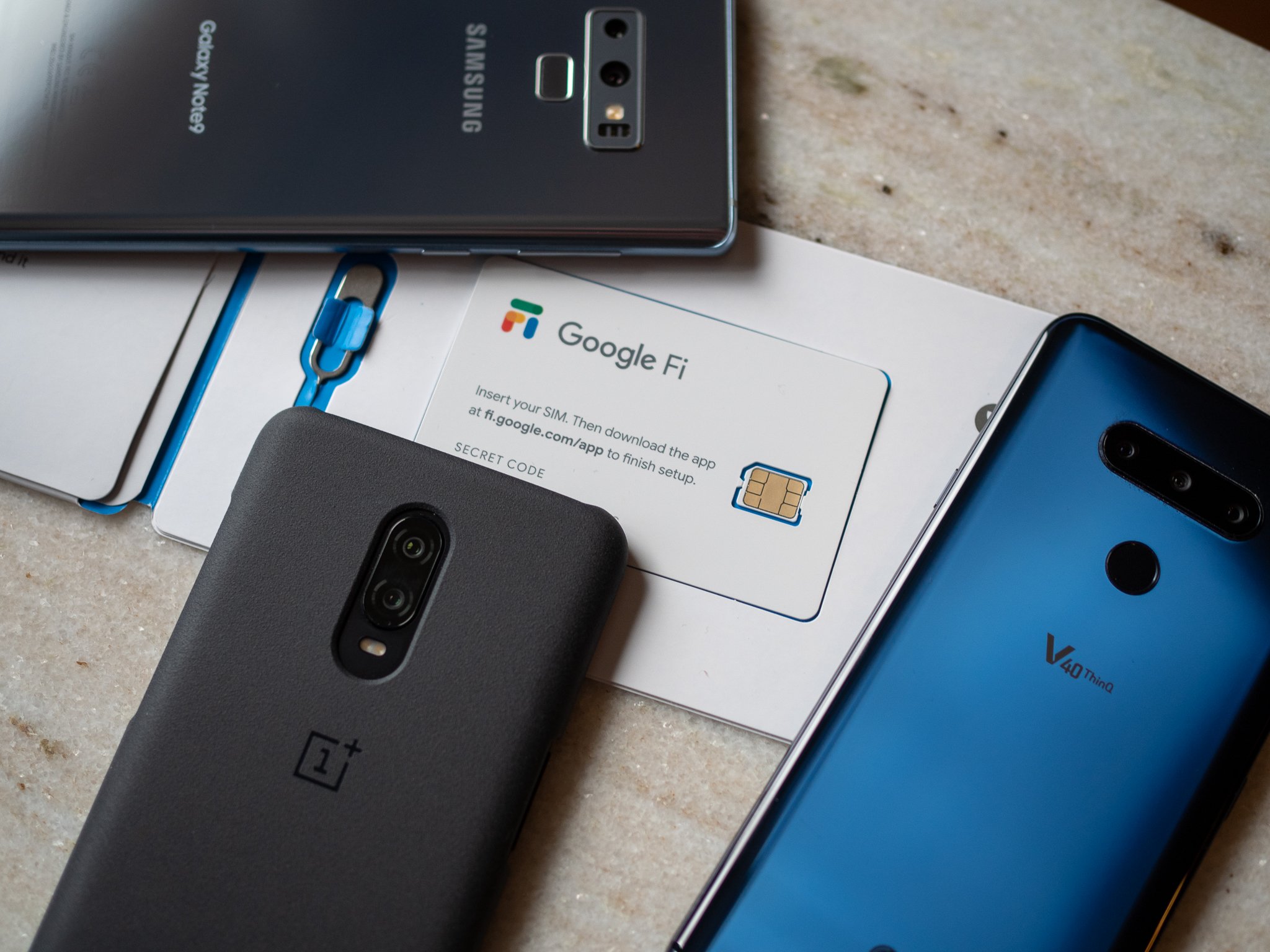These are the best wireless carriers in the U.S.
Finding the best U.S. wireless carrier can be a bit daunting because they all have a different approach to the same goal. Luckily for the consumers, this competition helps drive these companies to continue to improve their networks and plans. So for most people, all of these carriers are likely to have some coverage appeal, whether it's LTE or 5G. Overall, T-Mobile is the best carrier thanks to improvements in its LTE coverage and the largest 5G network with great mid-band coverage already available.
Best overall: T-MobileT-Mobile has continued to improve its network consistently over the past few years, with some of the biggest improvements coming in its 5G network. T-Mobile has used low-band spectrum to start its 5G network and improve its LTE network coverage with mid-band 2.5GHz spectrum, adding more capacity where needed. This mid-band spectrum from its purchase of Sprint has allowed T-Mobile to get a serious lead in mid-band 5G as its competitors have had to delay C-band deployment into 2022. T-Mobile 5G now covers more than 300 million people, with more than 200 million covered by mid-band.
T-Mobile has three main unlimited plans on its postpaid network. All of them include 5G support and an unlimited 3G speed hotspot. The baseline Essentials plan comes with unlimited talk, text, and LTE data. The price starts at $60 for one line and is discounted for each line added up to six. A family with four lines will be able to get connected for $105 per month thanks to a current promotion with a complimentary third line.
The next plan, Magenta, offers 5GB of LTE-speed hotspot data, Netflix on one screen if you add two or more lines, and international 2G data as well as 5GB of high-speed data in Mexico and Canada. Prices start at $70 per month for the first line, with discounts for each additional line up to eight lines. A family with four lines will pay $140 per month, and with this plan, taxes and fees are included.
The most expensive plan is Magenta MAX and brings LTE-speed hotspot data up to 40GB and upgrades Netflix to HD on two screens. International data speed is boosted to 256kbps, and video streaming comes in at HD resolutions compared to SD on the other plans. Starting at $80 per month for one line, this is geared more towards heavy users who need more hotspot data. Still, taxes and fees are included, and a family of four can get connected for $170 per month.
Pros:- Tons of spectrum
- Large 5G network with mid-band
- Competitive unlimited plans
- Cheap prepaid options
- mmWave 5G expansion is slow
- Rural coverage isn't great
Tons of spectrum for 5G
T-Mobile's network is stronger than ever with its combination of low-band, mid-band, and mmWave 5G spectrum.
Best mmWave 5G: VerizonWhile Verizon isn't always the top scorer in terms of pure download speed, the size of its LTE network and the consistency of the connection makes it one of the best options for a lot of people. While other carriers have been making great strides to keep up, Verizon hasn't slowed down.
Verizon's 5G deployment hasn't been hitting coverage milestones as fast as other carriers, but it has managed to cover most urban areas and hasn't slowed down on mmWave either. Ultra-Wideband 5G is available in parts of 82 cities and comes with truly unlimited data, 4K-quality video streams, and an unlimited hotspot. This is in addition to a nationwide 5G network that shares spectrum with its LTE. Verizon's nationwide 5G network is catching up quickly to the others and already covers more than 230 million people. Verizon will also be deploying C-band starting in 2022.
Verizon has many plans available, ranging from a plan for basic phones with unlimited talk and text with 500MB of data. Most smartphone users will be more interested in the range of unlimited plans that start at $70 per month for the Start Unlimited plan. The price per line comes down with more lines up to five. A family of four will pay $35 per line with this plan, excluding taxes or fees. This plan comes with unlimited talk, text, and LTE data. You can also get Disney+ for one year, although this plan only streams at 480p quality with no hotspot data.
The three more extensive Play More Unlimited, Do More Unlimited, and Get More Unlimited all come with hotspot data and Premium Network Access, the latter of which enables video streaming up to 720p on LTE or 5G Nationwide as well as 50GB of premium data. Play More Unlimited comes with 15GB of hotspot data and a Hulu, Disney+, and ESPN+ subscription. Do More Unlimited trades the streaming perks for 600GB of cloud storage and discounts on connected device plans. Get More comes with all of the above and Apple Music, and 30GB of hotspot data. Customers can also get 12 months of Discovery+, Apple Arcade, and Google Play Pass.
All plans come with access to Verizon's 5G Nationwide network. It's also important to note that 5G Ultra Wideband is included with the three largest plans. While connected to Ultra Wideband, you get completely unlimited data, hotspot, and streaming quality.
Pros:- Consistent LTE performance
- Large LTE footprint
- Wide range of plans
- Nationwide 5G coverage is improving quickly
- Expensive plans
- Not all unlocked phones are supported
- 5G coverage is still spotty
Consistent data performance
Verizon continues to offer good data speeds whether you're still on LTE or have access to the growing nationwide 5G network.
Fast LTE performance: AT&TAT&T has one of the fastest LTE networks around, with excellent coverage in most of the country. The company also pushed forward with its nationwide 5G network, a low-band, and a mmWave network with nationwide coverage. AT&T also works with most unlocked phones though not all 5G phones will work with AT&T's network even if they support the right bands. Still, when it comes to consistent coverage, there are some areas that simply have better coverage on this AT&T's network including many rural communities.
AT&T starts with a 4GB data plan for $40 per month. With that, you get a mobile hotspot as well as unlimited talk and text. Unfortunately, streaming is limited to SD quality, but you do get unlimited texting to more than 120 countries.
Moving up, AT&T has three unlimited plans starting with the Unlimited Starter plan coming in at $65 per month for one line. After that, the price comes down per line up to four lines, with four lines coming in at $140 per month. This plan has no hotspot but features unlimited talk, text, and data with video streams at SD quality. It goes all the way up to Unlimited Elite, which gets you video streams in HD and free access to HBO Max for $85 per month for the first line. All three unlimited plans come with 5G access.
Pros:- Fast data speeds
- Large coverage area
- Low-band and mmWave 5G
- Works with most unlimited phones
- Expensive plans
- 5G isn't available on the 4GB plan
I want to go fast
AT&T proves that it can keep improving its network with better speeds and competitive pricing.
Best family value: US MobileUS Mobile is a prepaid carrier that uses both the Verizon network and T-Mobile network with 5G access on both. When you sign up, you can choose whichever SIM works best with your phone and provides solid coverage in your area. Both networks have great coverage around the county, though T-Mobile has a more developed 5G network. For most people, either network will deliver outstanding performance and coverage.
US Mobile allows customers to create their plans to get exactly what they need without any waste. Customers can start as low as 75 minutes with up to unlimited everything available. Even with this flexibility, US Mobile's Unlimited plan is one of its best values as long as you need the data. Unlike in the past, US Mobile's unlimited plan has no data cap or speed cap. Customers can also add 20GB of hotspot data for $10 more per month. US Mobile also includes taxes and fees in its unlimited plan price, so what you see is the price you'll pay.
Overall, US Mobile's biggest strength is in its family plan. US Mobile simply reduces the price for its unlimited plan when you add multiple lines. With two lines, you'll pay $30 per line, and that price drops to $25 per line with four or more lines. This plan comes with unlimited talk, text, and data. If you add three lines, you'll also get a free subscription service, and there a several options to choose from. You can get music streaming, video streaming, or an online gaming subscription. You'll get another service with four lines as well.
Pros:- Streaming perks for bring three lines
- Choose from either the Verizon or T-Mobile network
- Most unlocked phones will work
- 5G is included in either network
- Limited phone selection
Save big with three or more lines and unlimited data
If you sign up with three or more lines, US Mobile's unlimited plan is just $25 per line per month on Verizon or T-Mobile's network
Best for international users: Google FiGoogle Fi is a prepaid MVNO carrier, which means that it doesn't build its own towers but uses the towers of other carriers. What's different about Google Fi is that it uses both the T-Mobile network and UScellular network to create a unique coverage map compared to any other MVNO or carrier. So while the price is a little steeper than most other carriers and fewer phones take full advantage of the service, it provides one of the best and most reliable wireless experiences.
Google Fi makes use of Sprint, T-Mobile, and US Cellular's networks, picking which towers provide the best connection automatically and seamlessly switching your phone to it without you even knowing. Google Fi also has access to networks worldwide and roams internationally effortlessly in over 200 countries. For all this to work correctly, you'll need an approved phone. Fully compatible Fi phones include the Google Pixel series as well as the Galaxy S21 series. You can check your phone's compatibility when you sign up.
Google Fi also has full support for T-Mobile's 5G network, so if you have a phone that supports T-Mobile's 5G bands, you can get connected.
Google Fi isn't likely to be the best fit for many people, but if you travel often and need a network that will work not only in the U.S. but nearly anywhere in the world, there are no substitutes. A flexible plan is available alongside an unlimited plan. If you use only a few gigabytes per month, the flexible plan will be a better deal. Unlimited is only for people that need fast speeds over 15GB.
Pros:- Automatic network switching on some phones
- International data roaming is included
- Bill protection prevents excessive overage
- Unlimited available
- Most GSM phones supported
- You need specific phones for full network
- Expensive for heavy data users
A combined network and international roaming
In the U.S., Google Fi, which is a combined network, means you'll have a strong and fast network in most places you go.
Best unlimited prepaid: VisibleAnother interesting prepaid carrier is Visible, which uses Verizon's network to provide unlimited data for $40 per month. Visible also comes with unlimited hotspot data at 5Mbps. It's worth keeping in mind that Visible only uses the LTE and 5G networks meaning there is no access to roaming or 3G if the signal gets weak. For most people, this will be fine, thanks to the Verizon LTE network's massive coverage area.
Visible fully supports Verizon's 5G network as long as you have a phone that supports it. Your speeds will be limited to 200Mbps while connected, even on Ultra-Wideband, but realistically, this is plenty. Keep in mind that not all Verizon-compatible phones work on Visible, so check before you sign up. Visible is one of the cheapest ways to gain access to Verizon's full 5G network, and with unlimited data, it's a bargain even before Party Pay.
There are no direct multi-line discounts, but you can join a group of other people to participate in Party Pay. It can bring your cost down to $25 per month with four people in the party. Visible has made it extremely easy to join a party thanks to the community feature on its website. Each person is responsible for their bill and account with Party Pay. Visible is a good option if you want a lot of data for a low price with no frills.
Pros:- Unlimited data
- Access to Verizon's LTE and 5G networks
- Unlimited hotspot (5Mbps)
- Savings with Party Pay
- SD video streams
- No roaming or 3G
- Limited phone support
Simple, prepaid, and unlimited
Visible keeps things as simple as possible with only one plan with unlimited talk, text, and data on the Verizon LTE network.
Should you go with prepaid?An MVNO, or mobile virtual network operator, is a carrier that provides service by reselling service from one of the big carriers. It allows a greater range of plans on the same networks that may work better for you. Some of the best MVNOs can offer additional savings with longer terms or even just by cutting out things you don't need, like video service subscriptions. You can even get MVNOs that allow advanced features like tethering (hotspot data).
The most important thing is to choose the best cell phone plan for you as long as you have coverage.
Bottom lineMost Americans will be covered by any of these networks, so the biggest questions are which plans are the best fit for you and how eager are you to get 5G. Nationwide 5G is available on all three big carriers, but you'll need a phone that supports it. Luckily, most of the best Android phones do. Verizon and AT&T are more comfortable charging a premium for service thanks to a good reputation for having a strong network. Most of the time, the best choice isn't the cheapest carrier but the one with the best coverage for you. Luckily, switching is reasonably easy, and you can even keep your phone number when you do.
For most people, T-Mobile is a great fit with solid speeds and great coverage. While not everyone is ready for 5G just yet, T-Mobile's rapid progress and already-deployed three-tiered 5G network promise continued growth. It's also refreshing that T-Mobile doesn't force customers onto more expensive plans to access 5G.
Credits - The team that worked on this guide![]()
Samuel Contreras When Samuel is not writing about networking and carriers, he spends most of his time researching computer components and obsessing over what CPU goes into the ultimate Windows 98 computer. It's the Pentium 3.
